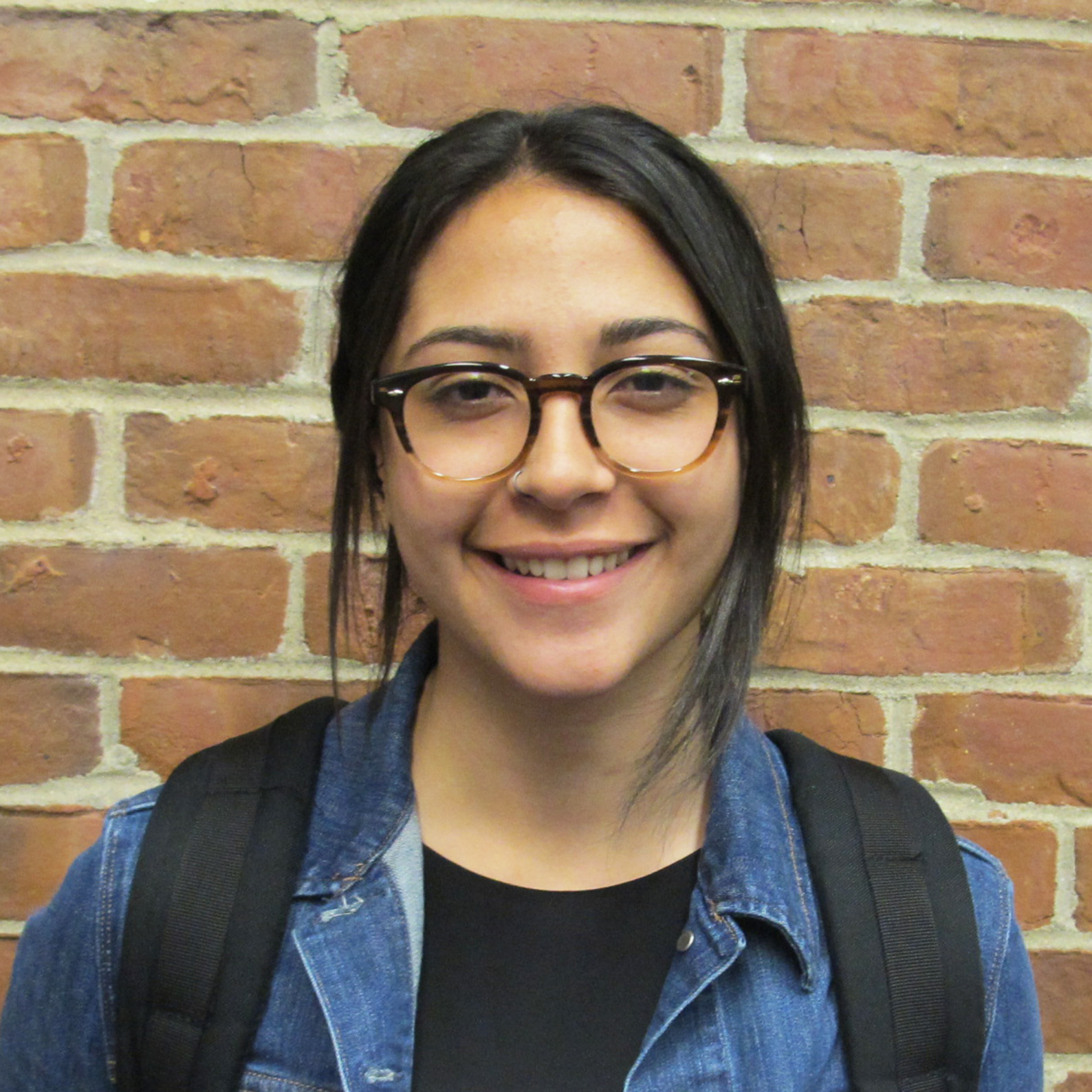
Alejandra Patino
Summer Research Description: Visual working memory is the ability to hold visual information actively in the mind and manipulate that information to perform a cognitive task. The capacity of visual working memory is thought to be 3-4 items (Luck and Vogel 1997); this study’s purpose is to determine if perceptual grouping/chunking affects working memory capacity and/or precision. Using a continuous report task and the mixture model of visual working memory (Zhang and Luck 2008), we will measure the precision and the number of items stored. Our hypothesis is that perceptually grouping items into chunks allows more items to be remembered, and that perceptual grouping may be more effective for encoding bars as compared to gratings. On each trial, 2-6 bars or gratings are presented, followed by a probe at one of the locations just presented. The task is to remember the items as accurately as possible, in order to successfully match the orientation of the bar or grating being probed to that of the original stimulus. We expect to find that if bars are more easily grouped, they will have a greater working memory capacity, implying that the architecture of visual working memory is flexible and based on how stimuli are perceptually organized.